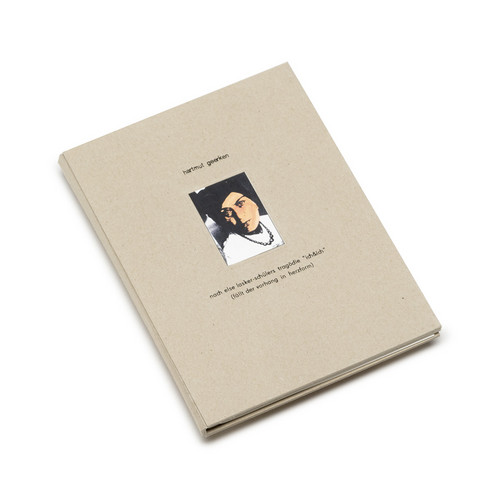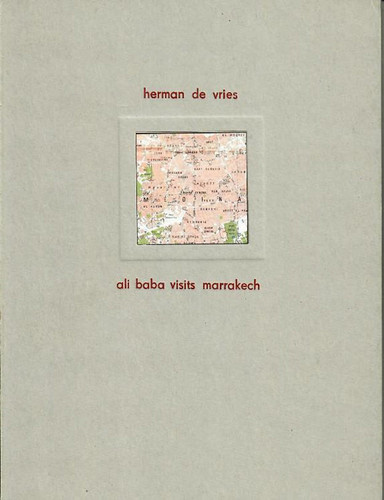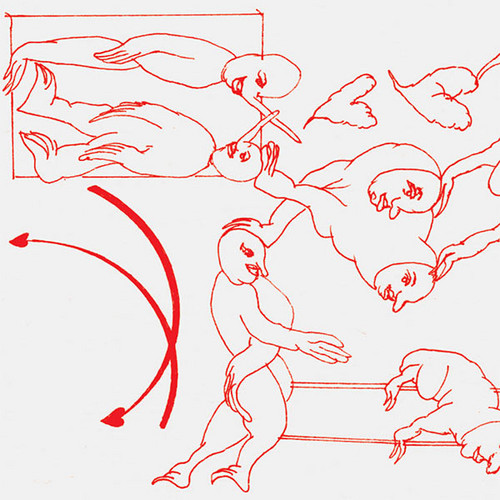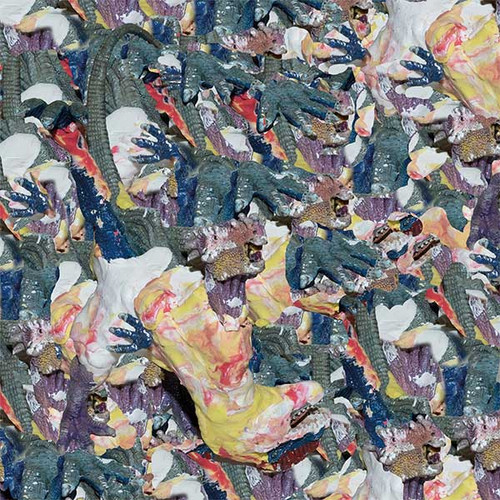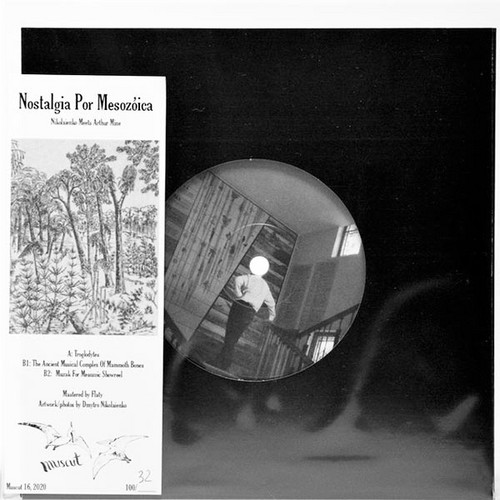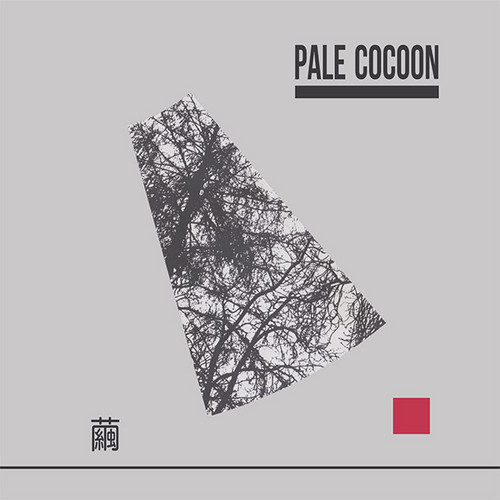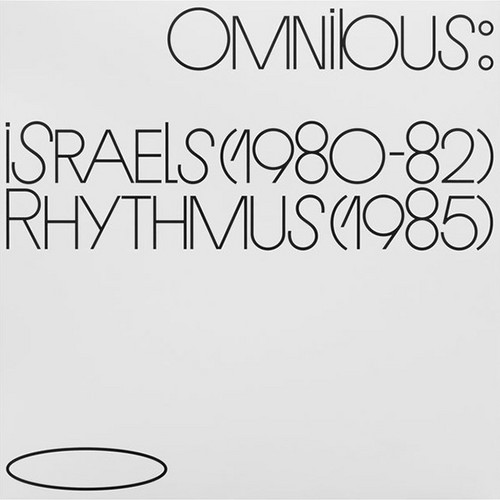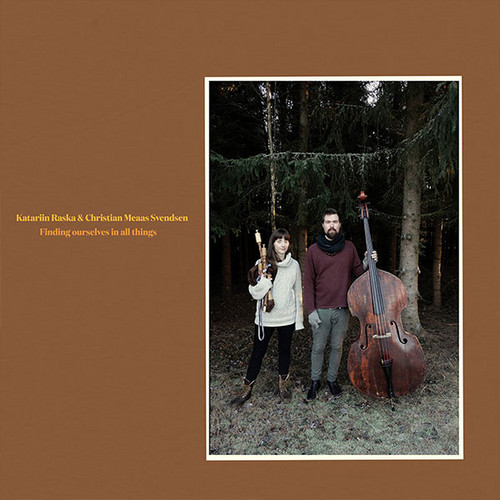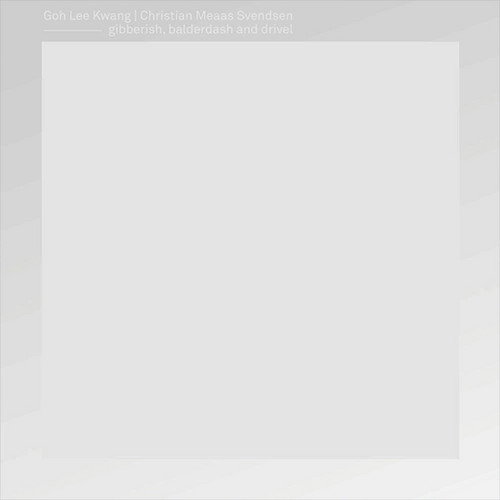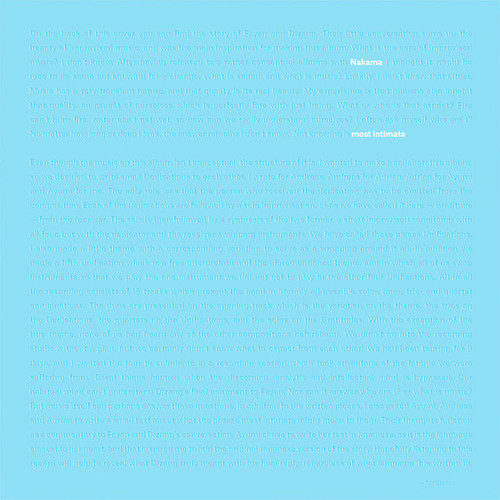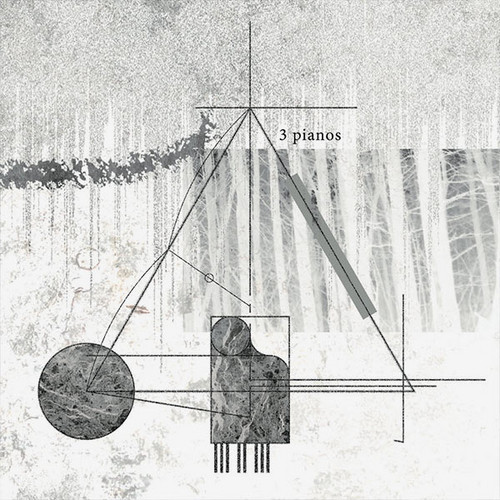New Arrivals
Nach Else Laker-Schülers Tragödie Ich & Ich
**50 copies** In hardbound embossed special package (like previous edition in this series), numbered & signed, with an original work by Hartmut Geerken. DVD with the recording of the radio-play from November 1994
Ali Baba Visits Marrakech
**100 copies** Embossed boards with mounted colour plate on front panel (hardcover), 21,5 x 16,5 cms., a book, stiff wrappers, (24) pp. stitched with 15 colour plates. the sound of marakech. Limited edition of 100 numbered and signed copies each with two original collages by Herman De Vries. Audio-CD by Herman de Vries, Field Recording from Marrakech. Photographs of walls, signs, scenes
KRAAK's 10s & 20s
*200 copies** "Presenting a condensed survey of KRAAK’s recent past and immediate future through a selection of tracks that chart the breadth of the label’s output. The 18 songs contained within this unassuming piece of plastic speak for a generation of artists whose contribution to the legacy of KRAAK is in no way insignificant: the faded melancholia of Ignatz, the cosmic outlook championed by Köhn, the bejeweled exotica of Bear Bones, Lay Low, the brainwave tingling of Floris Van Hoof... All o…
Love
*250 copies** "Yor is a Leipzig outfit formed by artists Nataly, Tony and Susanne. Known in their local scene for their Beach Boys covers and associations with bands like Mosquito Ego, the trio confounded the bleary-eyed audience at KRAAK Festival 2019’s 24-hour experiment with their offbeat no wave that does not shy away from moments of funky reflection or manic free-form detours.On Love, they bounce from energetic bursts of guitar-laden catharses to groovy bass lines designed for a strange int…
Nostalgia Por Mesozóica
Tip! File next to Andrew Pekler's Tristes Tropiques, highly recommended. **100 copies** "After four years of silence that have elapsed since the release of Ode To The Sea LP back in 2016, Muscut is bringing out Nikolaienko’s next collaboration, a duo with Arthur Mine, a Kyiv-based keyboard maestro and an ex-member of the Blacklazer band.Nostalgia Por Mesozóica is an exploration of "experimental exotica" consisted of synthesized tropical attributes — an artificial landscape isolated behind the g…
Mayu 繭
Pale Cocoon’s Mayu (繭) was originally released in 1984 as a cassette box set by Pafe Record in Japan, but sunk into obscurity after its release, only to garner a strong cult following nearly two decades later during the advent of the music blog era.
Mèlange
Amazing find! - Like many of his peers, the work of Marco Maria Tosolini defies an easy first reading. His lone LP, Mèlange, released in 1985, covers vast range of ground, from warbling flirtations with pop and dance music, to moments that display a clear link to minimalism and the avant-garde. Stepping back, this is not as surprising as it might first seem.While Mèlange does stand slightly apart from the larger body of Italian minimalism and avant-garde music from its era, it still retains a nu…
Drone Islands - The Lost Maps
**200 copies** "The second volume the Drone Island series, Drone Islands - The Lost Maps, continues Eighth Tower Records' deep explorations into the realm of "droning music". Alongside drone ambient music masters like Troum, Rapoon, Schloss Tegal, Autopsia, and well known dark ambient projects like Alphaxone, Taphephobia, the volume presents experimentalists such Simon Balestrazzi, Trauma Terrestrial, as well extremely interesting young musicians like Gaspar Peralta. Solid realities and new prom…
Music By William Eaton / New Dawn
This bundle includes two LPs recently issued by Canadian imprint Morning Trip.William Eaton "Music By William Eaton" (1978)Originally released in 1978, Music By William Eaton is a private-press album from the accomplished experimental stringed instrument builder. The atmospheric recording techniques, mixed with a hint of John Fahey/Takoma-lineage make for a listening experience akin to the mountainscape drawing represented on the album cover. The experience may seem simple at first, but like any…
Israels / Rhythmus - 1980-1985
The Omnibus band was founded by Jarda Zajpt and Petr Dikan in 1979 in Czechoslovakia. Having met at the Electronic High School, electronics was their field of expertise. Over time, Petr Dikan constructed several sound devices such as the Sileny Fridrich (SF, Crazy Frederick) Keyboard and the VSD (vsude samy draty/wires everywhere) Generator which he operated during the recordings and also at concerts.At that time, heavily influenced by Brian Eno and Robert Fripp from the King Crimson band, Jarda…
Finding Ourselves In All Things
**CD version** Finding Ourselves In All Things features two lengthy tracks, standing in stark contrast to each other: Melting With Butterflies is brimming with life: chaotic, hysterical and joyous - celebrating the viewpoint of all small things and their seemingly frantic nature. The Way Mountains Make Love is equally intense, but with a quite different energy – a slow moving organic unity vibrating with the frequencies of everything big and ancient.Both tracks explore and elaborate on its respe…
Hungry Ghosts
**CD version** Hungry Ghosts are beings who are driven by intense emotional needs, periodically roaming the earth’s surface in search for anything that can satisfy their cravings. Now they are here for you! The omnipotent living legend Paal-Nilssen Love clashes head to head with bass prodigy Christian Meaas Svendsen on bass, playing with 2-3 bows, cheek, voice, hands and feet. In the midst of the battle we find Yong Yandsen, a high-octane Malaysian sax virtuoso who virtually explodes on stage co…
Kitchen Music
**CD version** Kitchen Music is Adrian Løseth Waade’s first album in his own name. While having contributed on a long list of Norwegian jazz records, his own music has taken shape, and is finally ready to present. For the occasion, he has recruited some of his absolute favourite musicians, every one of which helps to create a mood that is «just right». Sometimes simple and melodic, sometimes ecstatic and free, but always expressive, encapsulating both the grave and the playful.
Gibberish, Balderdash and Drivel
**CD version** Gibberish, Balderdash and Drivel consists of three nonsensical musical conversations between Malaysian nylon guitar player Goh Lee Kwang and Norwegian bass player Christian Meeas Svendsen. The album was recorded in an independent art gallery close to Kuala Lumpur with a handheld device. It tells us the story of the first encounter between two different mindsets, nationalities and generations trying - and totally failing at - making any sensible dialogue with their respective music…
Worst Generation
"Worst Generation" is Nakama’s first fully improvised album, and was recorded as part of a live concert in studio during their first European tour. The LP version is in lenticular – the motif changes when viewed from a different angle. The CD is in English on one side and Japanese on the other with the imprint in beautiful gloss. One thing is always something different and at the same time two sides of the same coin...
Neptun
**CD version** Neptune, a planet invisible to the naked eye, it was originally discovered through mathematical deduction after scientists noticed unexpected changes in the course of Uranus. It was named after the Roman god of the sea. In addition to being ruler of the liquid element, he was said to have tremendous power over our subconsciousness and emotions, which we ourselves still today have little understanding of. The title represents the unknown, ranging from the depths of the human mind …
Avin
**CD version** Avin is the solo project of musician Christian Meaas Svendsen. The album consists of Norwegian lyrics in a traditional singer/songwriter-style wrapped in a somewhat challenging and unconventional format. The music is arranged for an 8-piece band consisting of some of Norway’s finest musicians. Avin is a Kurdish maiden name meaning love. Avin is also the name of Svendsen’s girlfriend. The central theme on the album is their unfinished love, and the texts and the music describe Sven…
Index
**CD version** Index is a 47 minutes piece that explores the sonic possibilities of the human voice beyond the limits of the yet known. It can be seen as an abstract of Agnes Hvizdalek’s 10 year-long experimental music practice and systematic research. With its high sense of form and structure it can be read as a book of references to contemporary and electronic music as well as a kind of meta-alphabetical catalogue of verbal communication’s smallest building bricks: a list of content, or depend…
Most Intimate
**CD version** Most Intimate is Nakama’s third release. Their previous albums have been very conceptual, dealing with the relation between sound and silence on Before the Storm and then form as something malleable on Grand Line. Most Intimate is different. It is more personal, more transparent and more.., well, intimate. It offers a close-up on the musicians and how they deal with music in different roles. Because even though the music on this album isn’t conceptual, the structure of it is, and …
3 Pianos
**CD version** 3 Pianos is an album made by a unique piano ensemble consisting of three musicians with different backgrounds and experience. The curiosity for the piano and its countless possibilities was the outset whereas the wish to bend the common boundaries for piano music was the background for this project. The ensemble makes music with clear connections to the music and the ideas of the twentieth century. The musicians develop the material in their own way by focusing on elements like tu…
